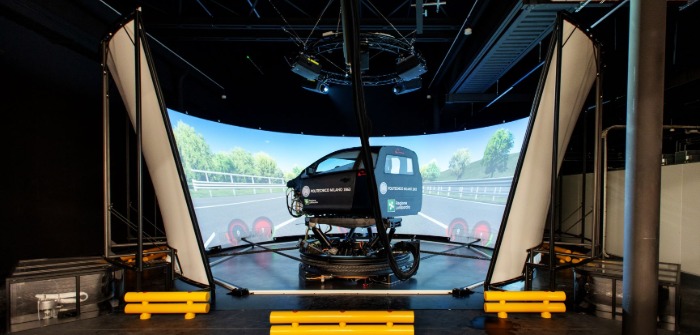Pirelli and the University of Milan have signed off on a continuation of the Joint Labs program, 10 years after the first agreement. The research project will continue to focus on technological innovation in tires.
The collaboration will be extended for three years and will utilize a range of innovative tools including Pirelli’s static simulator at the company’s research and development center in Milan, Italy. A dynamic simulator based at the Politecnico University of Milan will also be used for the project.
Running from 2021 to 2023, the €2m (US$2.3m) agreement will see multiple departments at the university – mechanics, chemistry, materials and chemical engineering, mathematics, electronics, information and bioengineering, and civil and environmental engineering – being involved with the project.
Pirelli and the university will research simulation by utilizing simulators to optimize the development and testing of new tires to reduce lead times and strengthen collaborations with OEMs. The modification of polymers, nanofillers, protective tire materials and new materials with a more environmentally friendly footprint will also be researched. Open-source modeling will be used for the mixing and modeling of textile reinforcements. Product and cyber development will involve external and internal noise testing, tire aerodynamics and automated tread modeling.
Over the past three years, the organizations have focused on the production and functionality of carbon allotropes, the preparation of modified silica fibers and the study of alternative sources of natural rubber, synthesis of innovative polymers and self-repairing materials.
“Being able to rely on a network including the most advanced research institutions and universities in the world, such as Milan University, means investing to meet the future challenges of mobility,” explained Marco Tronchetti Provera, executive vice chairman and chief executive officer at Pirelli. “Our priorities with the Joint Labs program take in all aspects of sustainability, evolved automation, virtualization and connectivity. The collaboration with the university underlines our commitment to strengthen the core of our group’s know-how in these key areas within Italy.”


